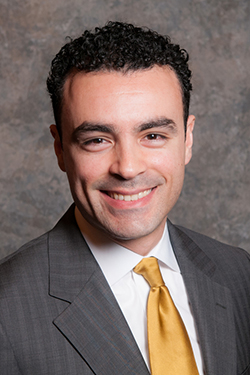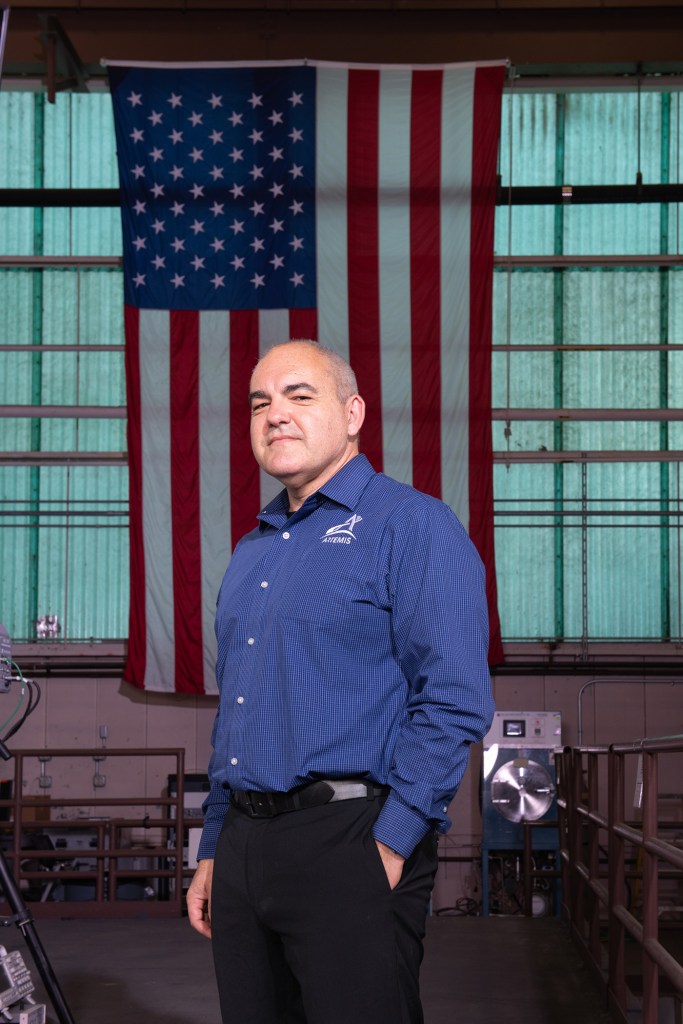The public is invited to a free talk called “Holiday Lights Show Culture from Space,” with Dr. Miguel Román in the Pickford Theater, third floor, Madison Building, Library of Congress, Washington, D.C., on Thursday, Dec. 7 from 11:30 a.m. to 12:30 p.m. EST.
Even from space, holidays shine bright. Miguel Román, a research physical scientist in the Terrestrial Information Systems Laboratory at NASA’s Goddard Space Flight Center in Greenbelt, Maryland and his colleagues looked at daily data from the NOAA/NASA Suomi National Polar-orbiting Partnership (Suomi NPP) satellite. They identified how patterns in nighttime light intensity change during major holiday seasons – Christmas and New Year’s in the United States and the holy month of Ramadan in the Middle East.
Suomi NPP carries an instrument called the Visible Infrared Imaging Radiometer Suite (VIIRS) that can observe the dark side of the planet and detect the glow of lights in cities and towns worldwide. The analysis of holiday lights uses an advanced algorithm that filters out moonlight, clouds and airborne particles in order to isolate city lights on a daily basis. The data from this algorithm provide high-quality satellite information on light output across the globe, allowing scientists to track when – and how brightly – people illuminate the night.

A major focus of Román’s work is the quantification of uncertainty in satellite-derived time series measurements from polar-orbiting sensors such as the Moderate Resolution Imaging Spectroradiometer (MODIS) onboard the Terra/Aqua satellite platforms, and the Visible Infrared Imaging Radiometer Suite (VIIRS) onboard the Suomi-National Polar-orbiting Partnership (S-NPP) and Joint Polar Satellite System (JPSS) platforms. Román is the principal NASA scientist for the VIIRS Day/Night Band on Suomi-NPP and oversees the development of NASA’s Black Marble product suite.
In this lecture, Román will discuss the need to better understand the driving forces behind energy use, including how dominant social phenomena, the changing demographics of urban centers and socio-cultural settings affect energy-use decisions. He will also present case studies on how observations from NASA’s Black Marble product suite are being used to help decision makers implement positive and sustainable actions to build smarter and more resilient cities.
The Library of Congress maintains one of the largest and most diverse collections of scientific and technical information in the world. The Science, Technology and Business Division provides reference and bibliographic services and develops the general collections of the library in all areas of science, technology, business and economics.
The Library of Congress is the nation’s oldest federal cultural institution and the largest library in the world and holds nearly 151.8 million items in various languages, disciplines and formats. The library serves Congress and the nation both on-site in its reading rooms on Capitol Hill and through its award-winning website.
For inquiries about this or upcoming talks at the Library of Congress, the public can contact the library’s Science, Technology and Business Division at 202-707-5664. ADA accommodations should be requested five business days in advance at 202-707-6382 (voice/tty) or ada@loc.gov.
The lecture will be later broadcast on the library’s webcast page and YouTube channel “Topics in Science” playlist.
For more information contact Stephanie Marcus at 202-707-1212 or smar@loc.gov or visit: http://blogs.loc.gov/inside_adams/
For directions, visit: http://www.loc.gov/visit/maps-and-floor-plans/
For more information about Dr. Román, visit:
Banner Image: A global map of Earth at night.
Credit: NASA Earth Observatory images by Joshua Stevens, using Suomi NPP VIIRS data from Miguel Román, NASA’s Goddard Space Flight Center
Rob Gutro / Lora Bleacher
NASA’s Goddard Space Flight Center, Greenbelt, Md.
301-286-0697 / 2009
Robert.j.gutro@nasa.gov / Lora.v.bleacher@nasa.gov




























